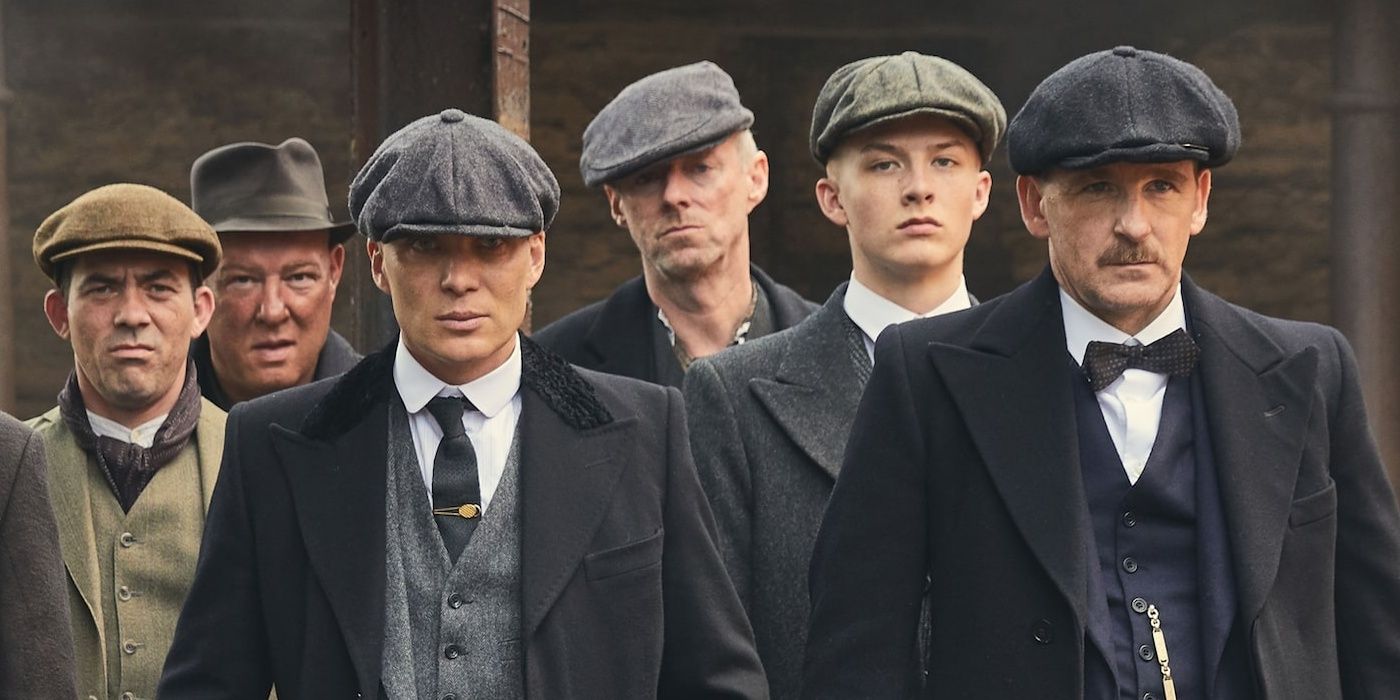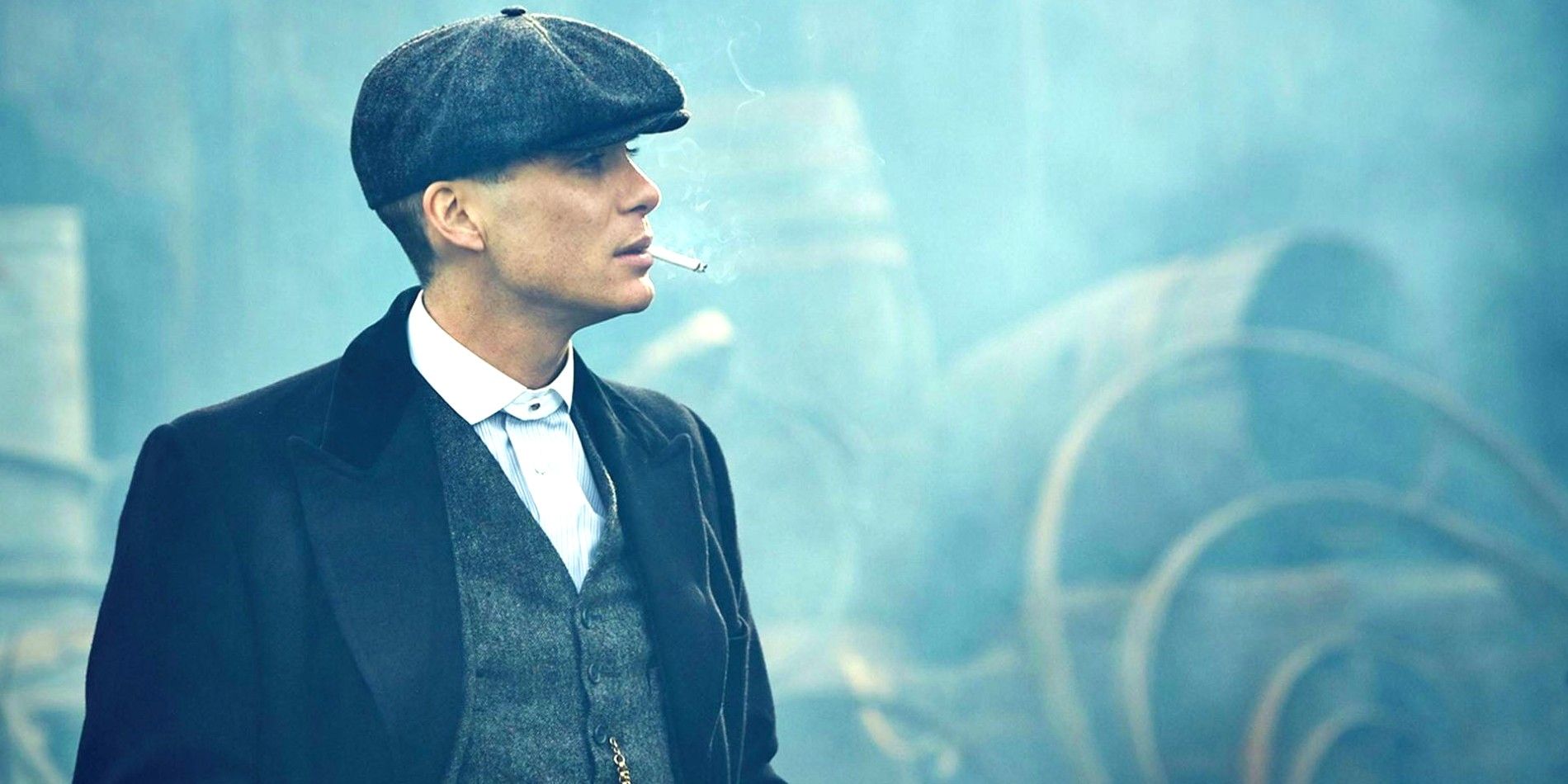Peaky Blinders differed from previous British period dramas, and in doing so, it changed the genre and showed what was possible in episodic TV storytelling. Set in Britain between the First and Second World Wars, Tommy Shelby (Cillian Murphy) and his family were shockingly unlike the dames in ball gowns audiences had grown to expect from a British drama set in this period of history. Peaky Blinders was the breath of fresh air the genre needed.
First airing in 2013, Peaky Blinders tracked the rise of an ambitious Birmingham-based gang that shares its name with the show. The Shelby family accumulated wealth and power over the course of six seasons through gambling initiatives, the export of motorcars, and covert missions for the British government. But no matter how high Peaky Blinders' Shelby family climbed, they maintained their blue-collar, working-class roots. Canal boats, scrap metal yards, factories, flat caps, and the dirty streets of Small Heath remained integral to both the show and the characters.
Peaky Blinders defied the traditional format of British period dramas by mythologizing the British working class rather than lionizing the upper crust and British peerage. The show’s creator, Steven Knight, said, “I wanted to show that working-class characters could have agency and ambition, that they weren’t just underlings.” (via The New Statesman) Not only were working-class characters moved to the forefront of Knight’s period drama, but they were also glamorized. Peaky Blinders made being anything other than, as Tommy put it, “an ordinary working man” unfashionable.
Before Peaky Blinders, true working-class stories had largely been ignored in British period TV shows. If they were acknowledged, they were one-dimensional and adopted a pitying tone; there was none of the triumph that Peaky Blinders reveled in. In Downton Abbey, for example, working-class characters were secondary to their aristocratic counterparts, and The Crown kept the working classes at a deliberate distance. Peaky Blinders did not change British period drama simply by focusing on a working-class family, howvever. Instead, the show subverted expected tropes to make “gypsies” and “horse thieves” the envy of their audience, and “cavalrymen” and “toffs” worthy of ridicule. Peaky Blinders adhered to the period drama trope of othering a certain class, but in this case, it was the upper classes that were othered.
Peaky Blinders fostered an environment where working-class men and women could be heroes. From the perfectly cut suits and severe haircuts, to the constant flow of whiskey and cigarettes, to Nick Cave’s "Red Right Hand" as Peaky Blinders' theme, a distinctive aesthetic was created. Expected images of dirty rags and caricatured accents were replaced by tweed and soft Brummie baritones. Put simply, Steven Knight’s efforts made being working-class look cool and his heavy reliance on style enabled him to celebrate untold stories in a way that made the audience want to be part of it. Because of this, Peaky Blinders became a cultural phenomenon. Young men copied the characters’ haircuts and flat-capped bachelor parties flocked to every British city center.
It is unclear what the long-term impact of Peaky Blinders after season 6 will be. A movie has been confirmed and spinoffs suggested, but little has been discussed beyond its own legacy. Netflix has already capitalized on Peaky Blinders’ success, with entries like The English Game, another show led by working-class characters. Consequently, Peaky Blinders has created a space within the British period drama genre for working-class people to be the heroes of their own stories.


